By Lisa Nault
Staff Writer
On Nov. 15 Simmons College was visited by alumna Kara Flack, who spoke about her work with Dr. Rupal Patel and the creation of the VocaliD project.
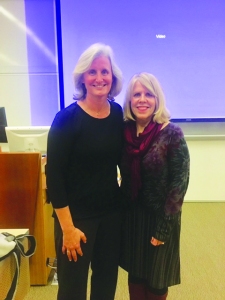
VocaliD is the ability for people to donate their voices to be used in communication devices for those who are unable to speak. Instead of an automatic and computer —sounding voice, the communication devices become more humanized.
Flack heads customer acquisition and product awareness efforts for VocaliD. She first became involved in the project when her family contacted Dr. Patel to see if her daughter Maeve could have a voice, created from her two older sisters donated voices.
Maeve has cerebral palsy and hated that her voice sounded like a robot and not a little girl. Prior to VocaliD, the options available to Maeve via her communication device were limited, and she used to have the computerized voice of a 40 year old woman.
People who have had a stroke, suffer from multiple sclerosis, or have cerebral palsy are some examples of individuals who may be unable to use their voices anymore. Dr. Patel felt that the VocaliD project was a necessity to these people because our voices represent our identities.
Without VocaliD, individuals who are unable to speak would all have the same computerized voice no matter their age, gender, or personality.
In a sense, voices convey who we are to people. With VocaliD, those same people have the opportunity to receive voices that they can say are theirs.
According to the VocaliD website, creating synthetic voices used to be a long and difficult process. Professionals would be recording for weeks, and then it would take months to synthesize a voice from the recordings. Thus, many devices did not have the luxury of containing a synthesized voice and instead were purely computerized.
Through Dr. Patel’s work, she has been able to simplify the entire process, making it easier and quicker to produce.
VocaliD allows people to record in a setting of their choice (it could be their living room) since the recording studio is online. Once a voice is donated to the virtual studio, it is added to the Human Voicebank to await a recipient match. VocaliD then blends the donated voices it collects the the sounds of the recipient in order to customize a voice unique to them.
There is a possibility that Simmons could host a “Donate Your Voice” drive in the future, but details are still being arranged.
For those who were unable to attend Flack’s talk, there is still an opportunity to get involved in the project. Interested donors can go to the VocaliD website to learn more information on how to sign up.






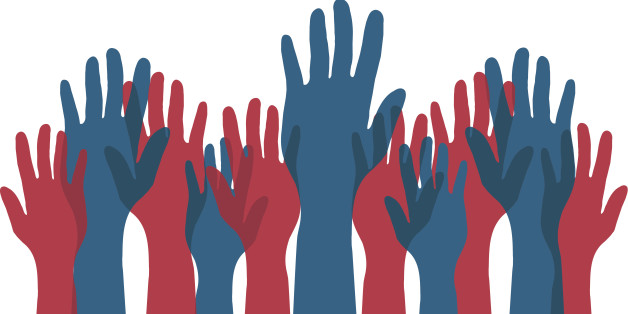



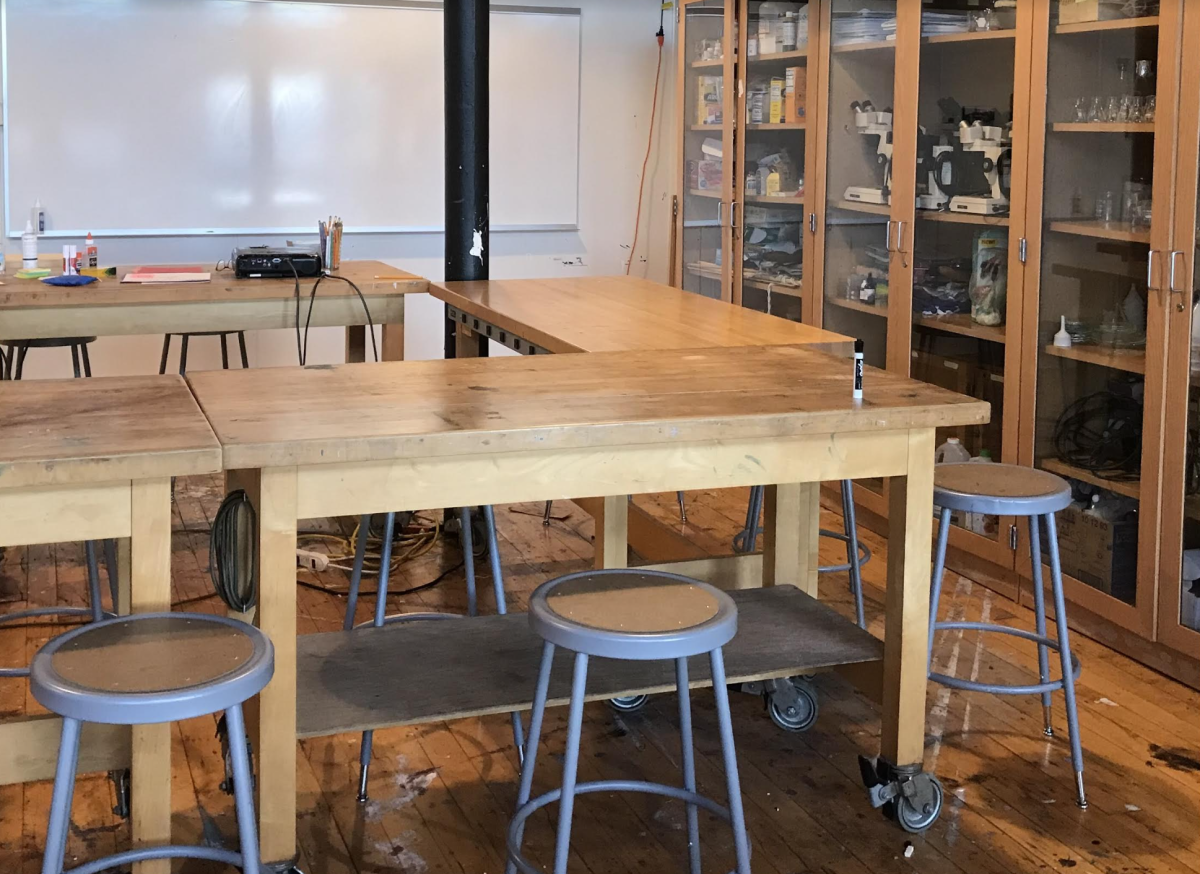
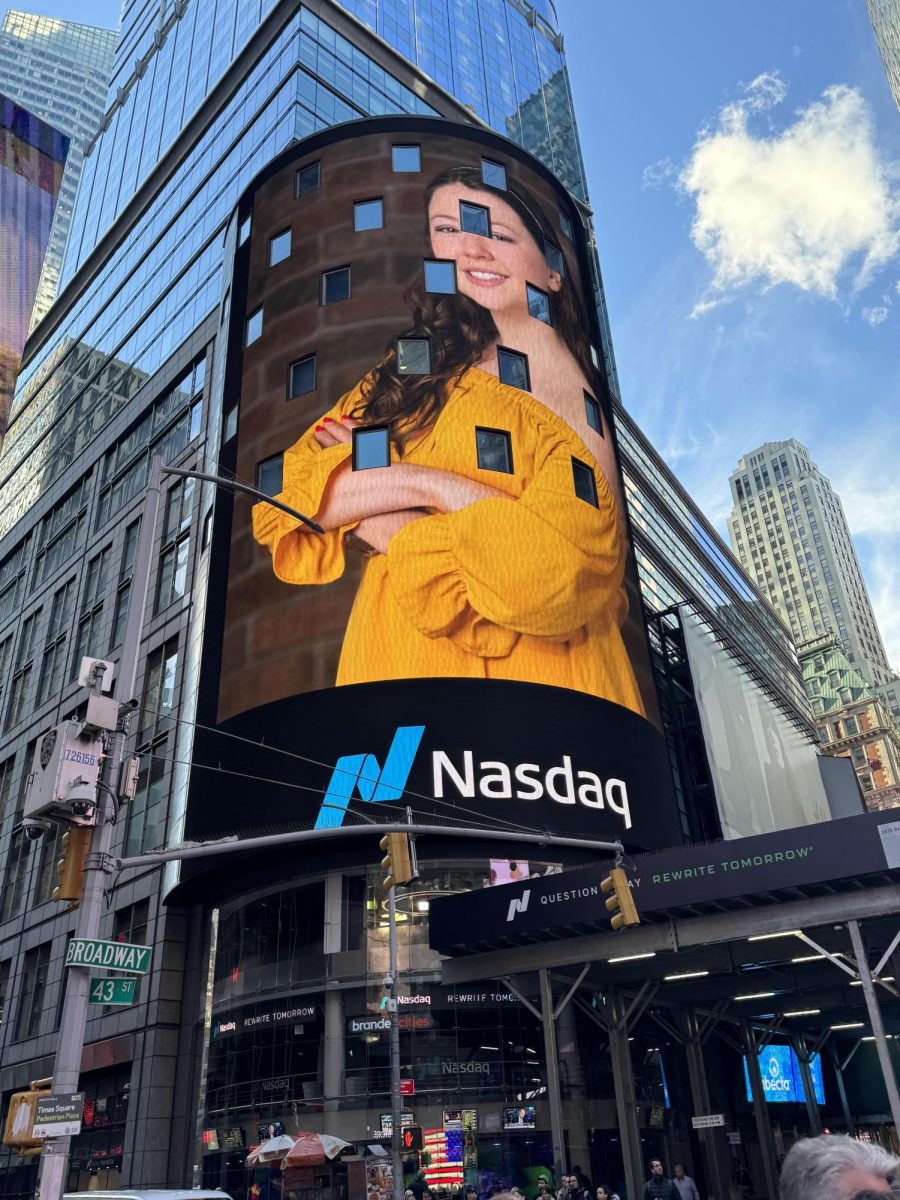
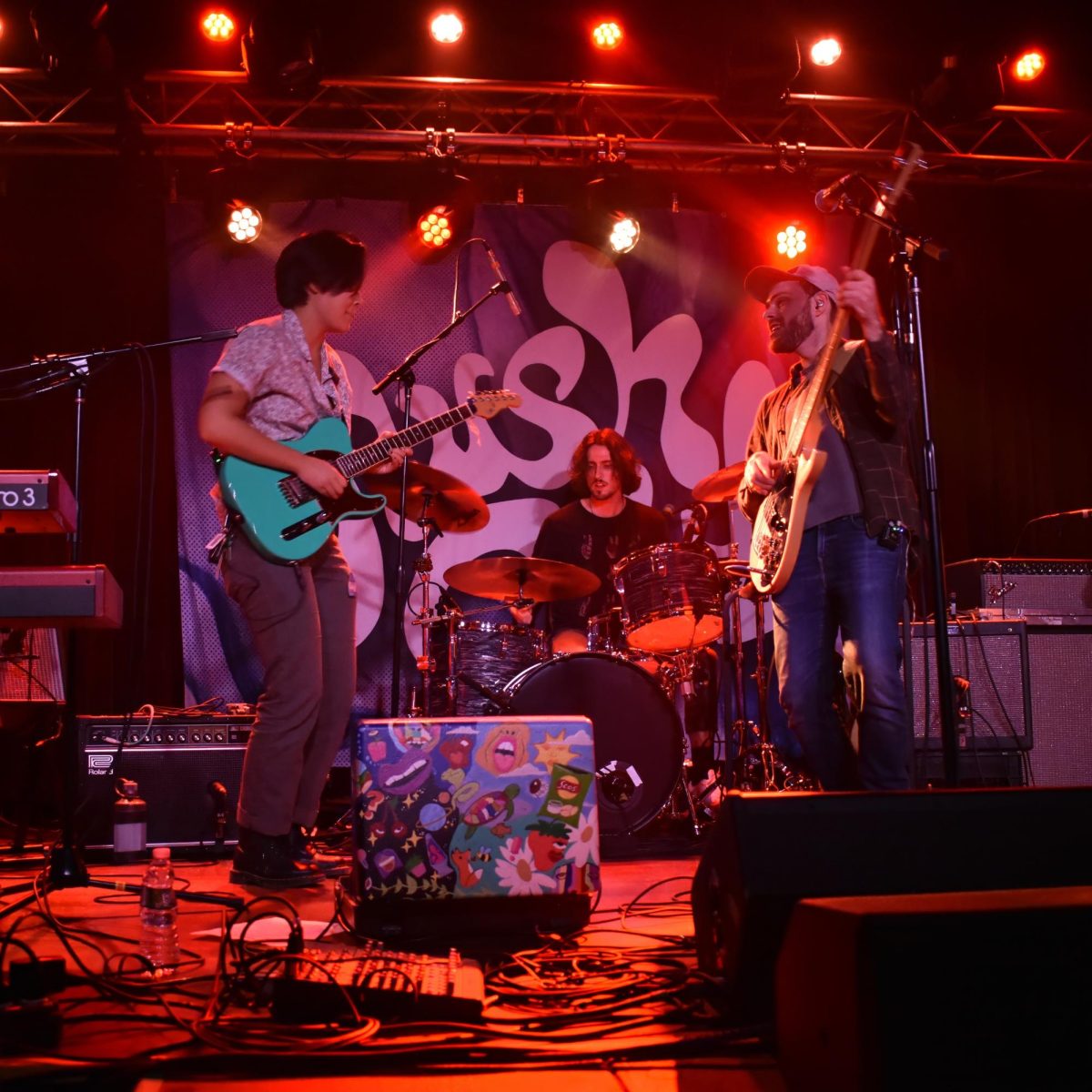
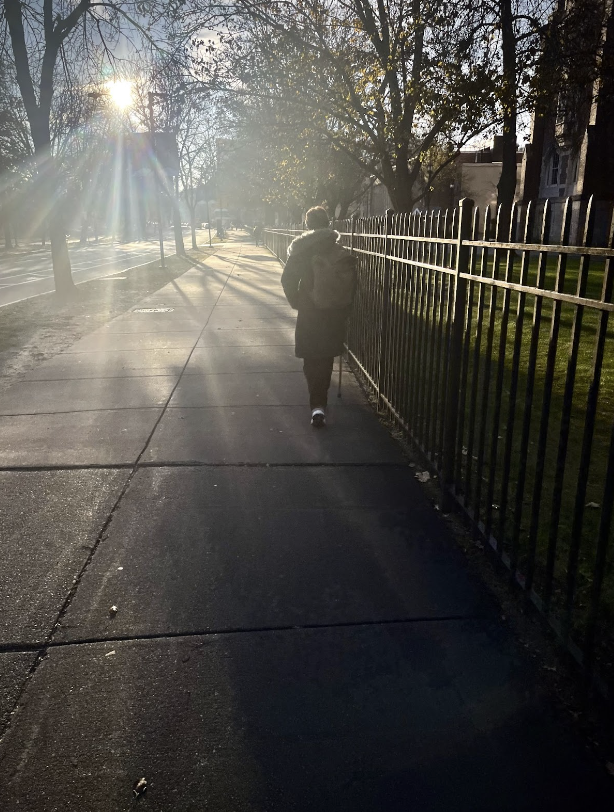
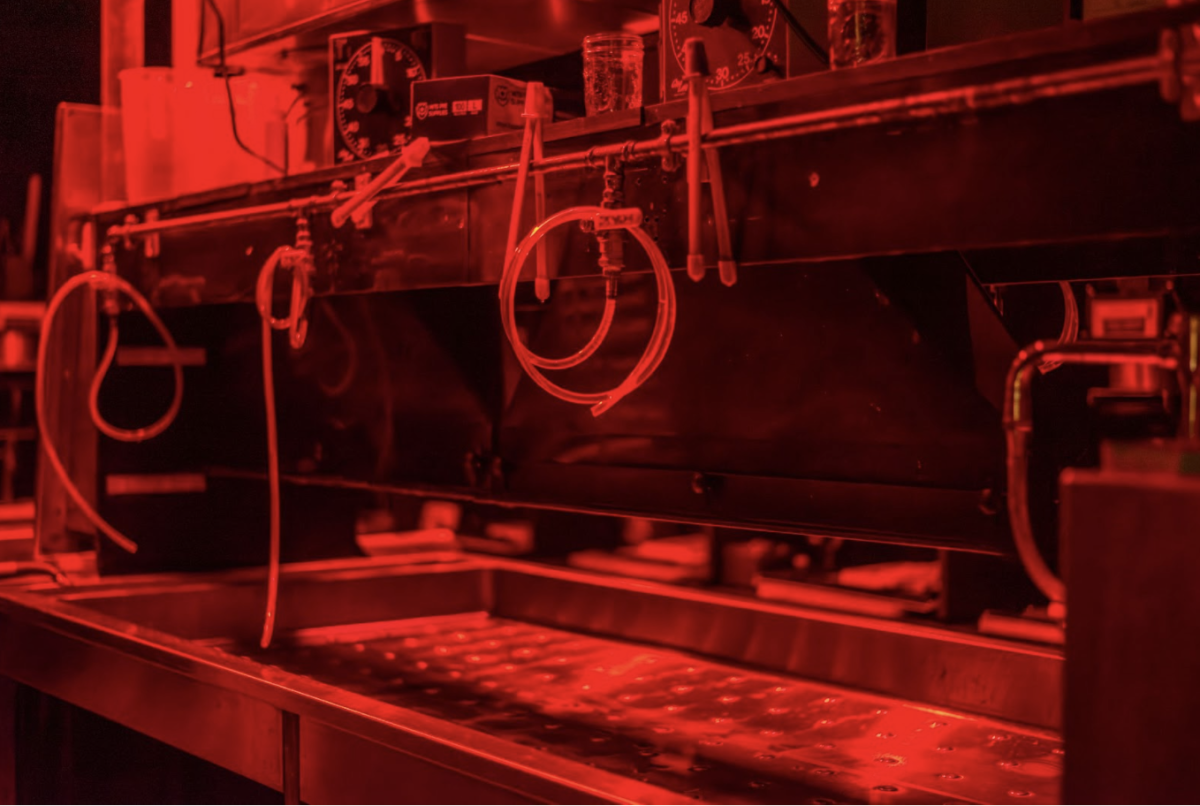
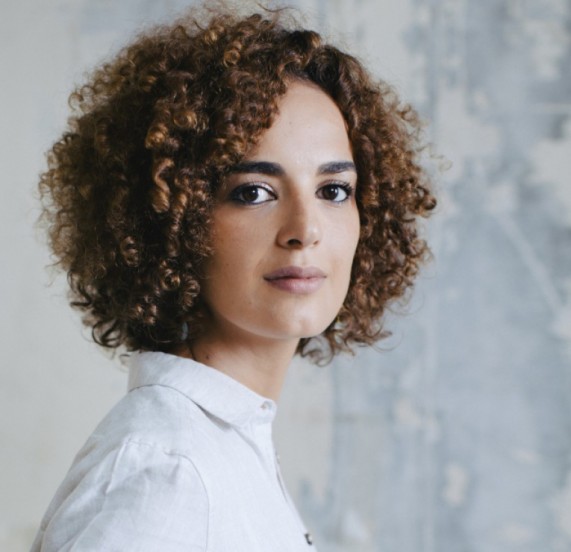
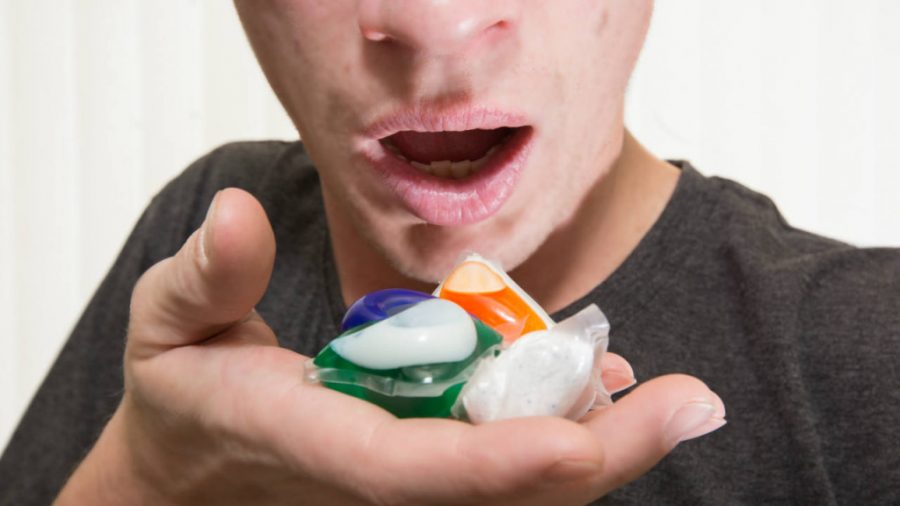

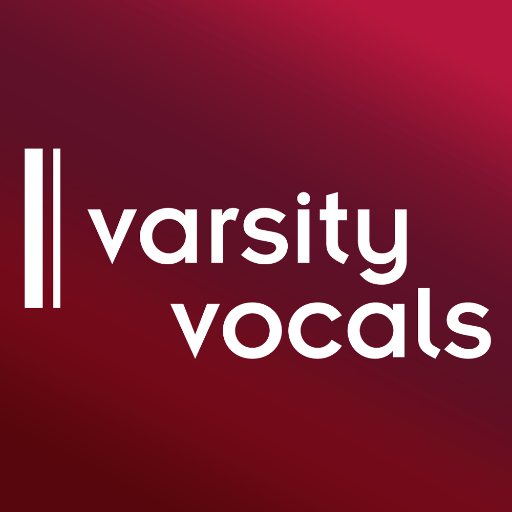
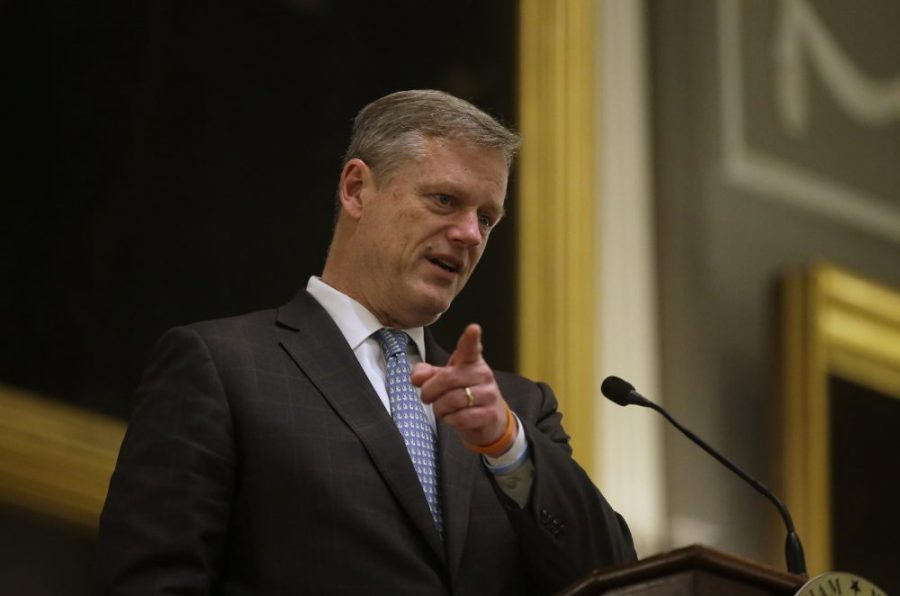
kristin swanson • Jan 5, 2019 at 2:33 pm
I heard your story on TED talks a year (or so) ago and today. I was so happy to hear this again and was moved to tears. It seems so loving to me for these people to be made whole and I would love to help if I can. Please let me know how this may be possible. I’m 71 so my voice may contribute to your “mature” voice selections. Kristin Swanson